Protecting your pre-approval
People mistakenly believe once they’ve been pre-approved or approved by a lender it’s all done.
But what they don’t realize a lender may pull their credit 30 days prior to close. They also don’t realize lenders can request updated documents in that time. And, if some of the original information that got you the mortgage approval in the first place changes, and for the worse, you could lose your financing. Here’s a short list of actions that could put your approval on pause:
Having additional credit reports pulled by another broker or lender
The lender will often pull your credit again right before financing. If the lender sees that other brokers or lenders have pulled your credit, the lender views this as credit seeking and it can put your funding in jeopardy.
Applying for additional credit elsewhere
The lender calculates your debt based on the amount of credit you have. If you are applying for new credit, the obvious assumption is that you are planning on using it. Don’t get any new credit until the closing date is passed.
Closing out credit accounts
Credit is not a bad thing… unless you are having a hard time managing it. Old credit shows a long history of being able to handle credit. Lenders like that, so don't rush to cut up your credit cards just yet. If you can, make above your minimum monthly payments to get in a better standing with your current accounts.
Moving money around without a paper trail
When you settle with the bank on the contract of the mortgage, the lender will require bank statements showing your saved money. They look at the history along with the balance. If there are any unusual deposits, you will need to explain where the money came from. Be prepared to show a paper trail. If your downpayment comes from savings, keep in mind the bank will want 90 days bank statements to ensure the money is accounted for.
Increasing your debt
The lender always looks at your debt-to-income ratio. If you increase your debt, you can risk going over the maximum amount of debt compared to your income.
The biggest, and most common offence to this rule is buying a new car or obtaining a big box store credit card.
Don't be tempted! If you want to keep your current pre-approval amount, keep your ratio steady.
If you have any questions or want to arrange for a mortgage preapproval, any of our Canadian Mortgage Experts would love to help!
This article was originally included in the DLC Newsletter for April of 2019.




